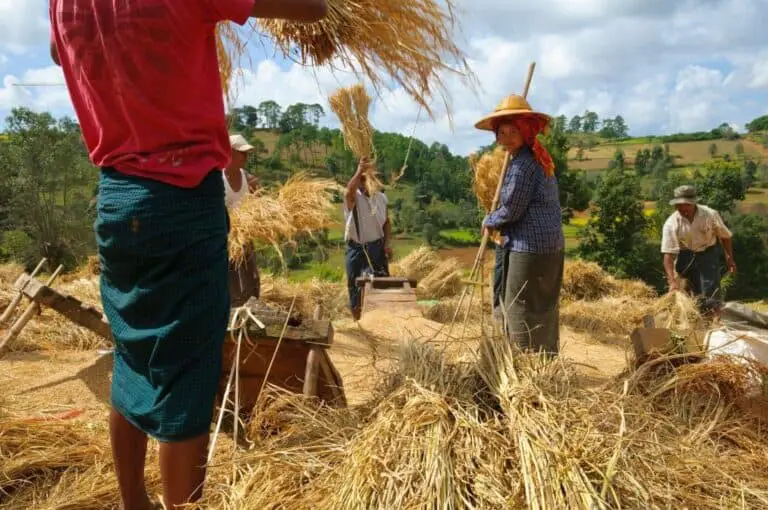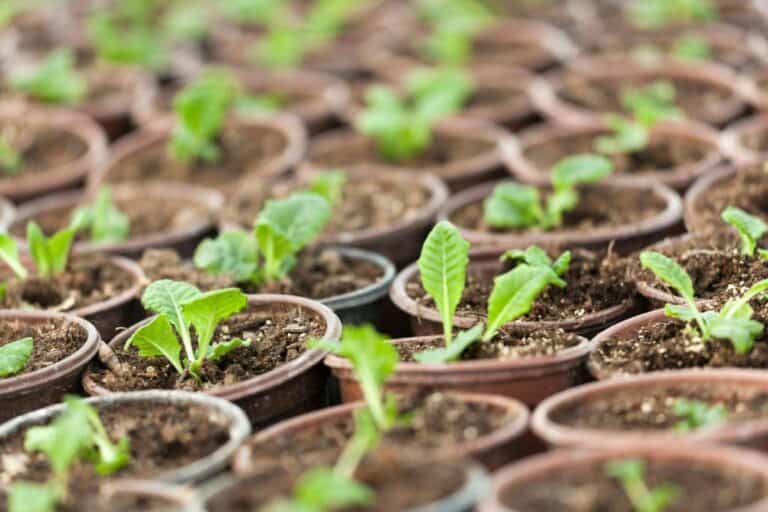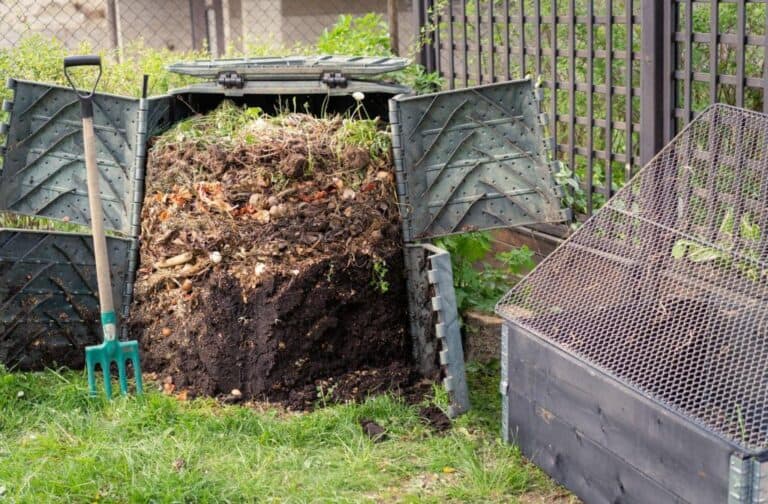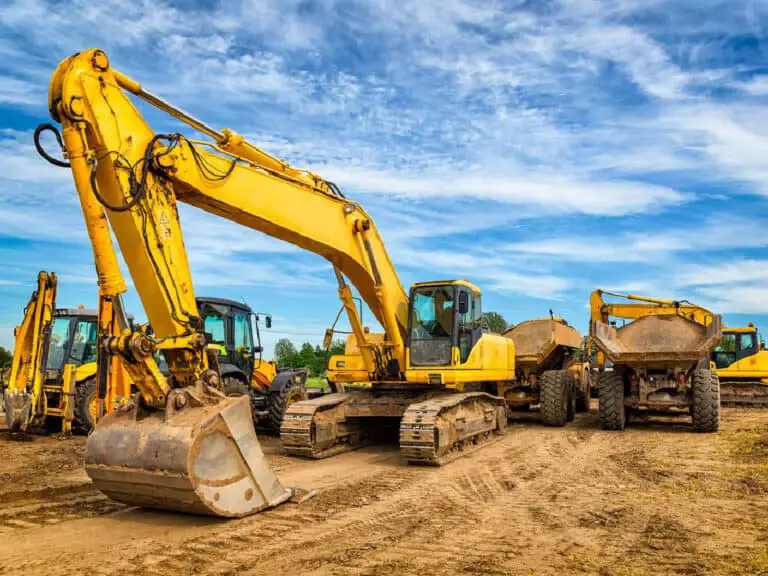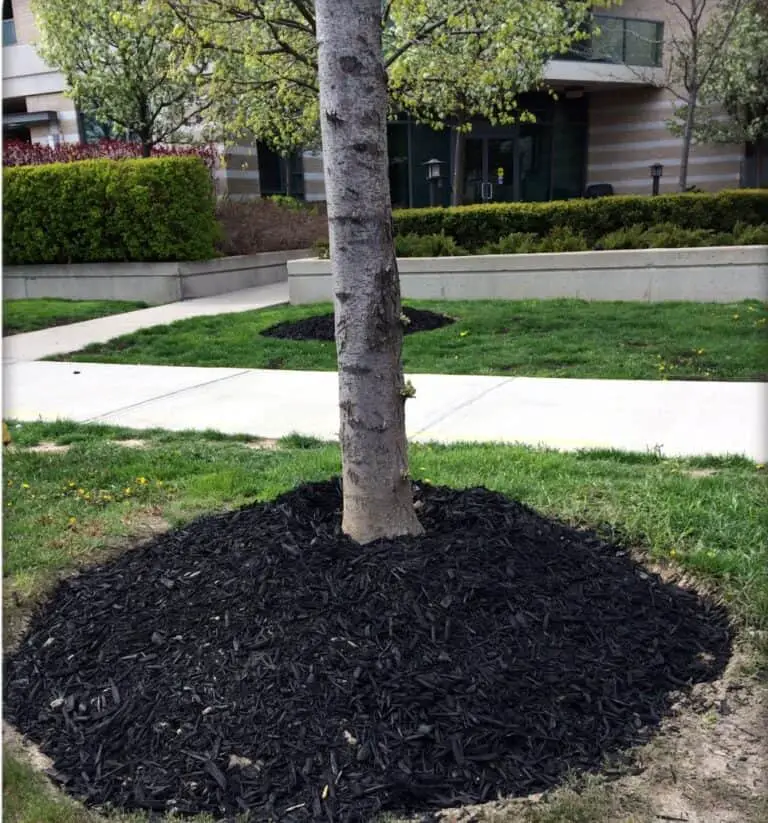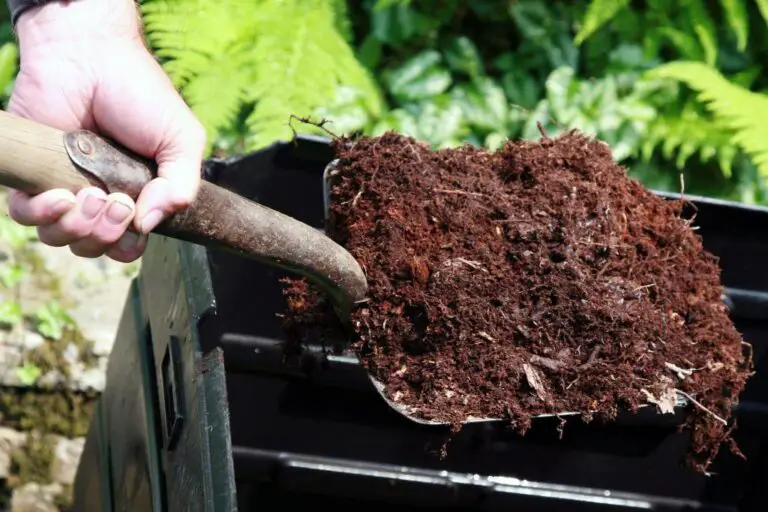Clearing and Grubbing Methodology & Specifications (vs. Land Clearing)
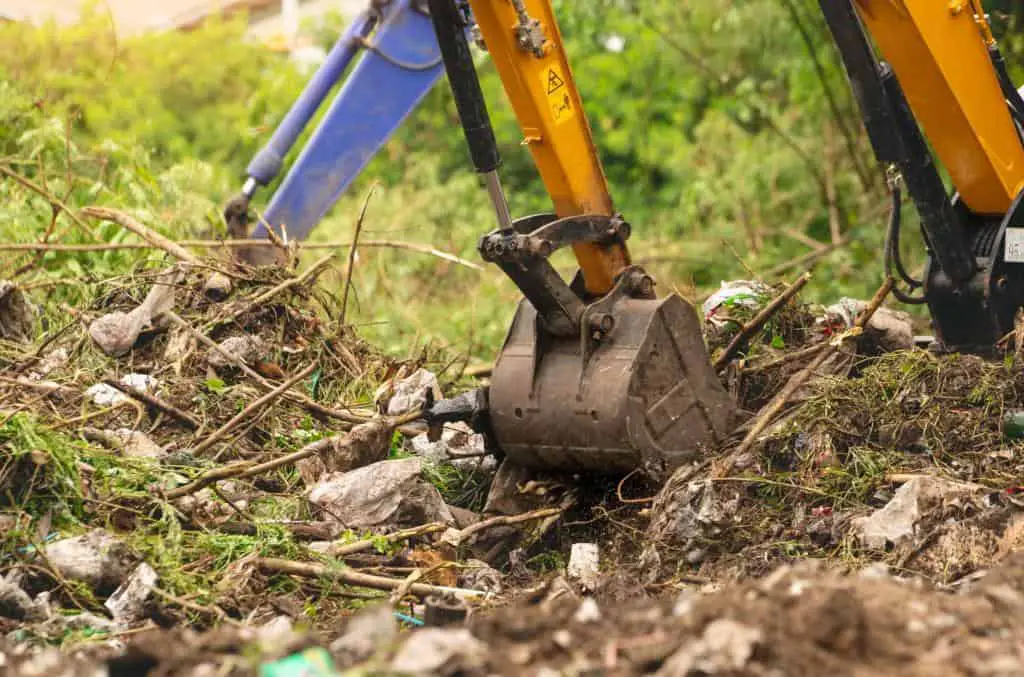
Have you ever wondered what happens before a construction project begins? Well, let me tell you about a crucial process called clearing and grubbing. It may sound like something out of a fairy tale, but it’s actually an essential step in preparing a construction site.
Picture this: a dense forest filled with towering trees, thick underbrush, and tangled roots. Clearing and grubbing are the magic that transforms this wild landscape into a clean canvas ready for construction.
In this article, we’ll dive into the world of clearing and grubbing, exploring its methodology, specifications, and everything you need to know to understand this fascinating process.
So, let’s embark on this journey together and uncover the secrets behind clearing and grubbing!
Understanding Clearing and Grubbing
Clearing and grubbing definition refer to the process of clearing the site from any vegetation, such as trees, shrubs, or other growth, as well as removing stumps, roots, and debris. It is an essential step in site preparation, ensuring a clean and obstacle-free area for construction work.
Clearing and grubbing set the stage for construction by clearing the land of any obstacles that could hinder progress. By removing vegetation and other debris, the construction team gains a clear view of the site’s topography, allowing them to plan and execute subsequent tasks effectively. This initial step is essential for a smooth construction process and ensures that the project stays on schedule.
Clearing and grubbing are essential processes in construction and land development projects. It involves the removal of vegetation, trees, bushes, rocks, and other obstructions from a site before any construction work begins. This preparatory step is crucial to ensuring a clear and safe area for subsequent activities.
How Does Clearing and Grubbing Differ From Land Clearing?
“Clearing and grubbing” and land clearing are two related yet distinct processes in the realm of land development and construction. While both involve the removal of vegetation and other obstacles from a site, they have specific purposes and approaches.
Understanding the differences between these terms is essential for effectively planning and executing land development projects. Let’s delve into the nuances of each process:
Clearing and Grubbing
Clearing and grubbing specifically refer to the initial phase of preparing a construction site. It involves the systematic removal of vegetation, including trees, shrubs, bushes, and plants, as well as the clearing of any debris, rocks, or other obstructions that may impede subsequent construction activities.
The primary goal of clearing and grubbing is to create a safe, clean, and unobstructed work area for the construction team.
The process of clearing and grubbing typically follows a well-defined methodology, including site assessment, permitting, vegetation removal, debris removal, grading, and proper disposal. It requires careful consideration of environmental regulations, potential impacts on protected species or habitats, and compliance with safety standards.
Clearing and grubbing lay the foundation for successful land development projects by providing a clear view of the site’s topography and facilitating the subsequent stages of construction.
Land Clearing
Land clearing, on the other hand, encompasses a broader scope and is often associated with larger-scale projects that involve extensive land transformation. It goes beyond the initial preparatory stage of clearing and grubbing and may involve more comprehensive land alteration, including the removal of not only vegetation but also structures such as buildings, fences, and other man-made features.
Land clearing aims to create a blank canvas for various purposes, such as land clearing agriculture, urban development, infrastructure projects, or land reclamation. The scale and intensity of land clearing can vary significantly, depending on the project’s objectives and the desired land use.
This process may require additional permits, considerations, and specialized techniques to address specific requirements and potential environmental impacts.
While clearing and grubbing focus primarily on the removal of vegetation and obstructions to facilitate construction, land clearing involves more extensive modification of the land, often preparing it for a specific land use or development plan.
Clearing and Grubbing Methodology
The methodology for clearing and grubbing involves a series of systematic steps to efficiently remove vegetation and debris from the construction site. Although the specific approach may vary depending on the project and site conditions, the general methodology typically includes the following steps:
- Site Assessment: Before commencing clearing and grubbing, a thorough site assessment is conducted to evaluate the terrain, soil conditions, and vegetation types. This assessment helps in determining the appropriate equipment, tools, and techniques required for the task.
- Permitting and Environmental Considerations: Clearing and grubbing activities may require permits or adherence to specific environmental regulations. It is crucial to obtain the necessary permits and ensure compliance with local regulations to minimize the project’s environmental impact.
- Vegetation Removal: The first stage of clearing and grubbing involves the removal of vegetation from the site. This includes cutting down trees, removing shrubs and bushes, and clearing away any other plants that obstruct the construction area. Special care must be taken to preserve any protected or endangered species.
- Debris and Obstruction Removal: Once the vegetation is cleared, the next step is to remove any debris, rocks, or other obstructions from the site. This ensures a clean and safe work area, allowing construction activities to proceed unhindered.
- Grading and Excavation: After the site is cleared, grading and excavation may be necessary to create a level surface for the construction project. This step involves reshaping the land, removing excess soil, and leveling the area to meet the project’s design specifications.
- Disposal and Recycling: Proper disposal of the cleared vegetation, debris, and other materials is an essential aspect of clearing and grubbing. Depending on local regulations and environmental considerations, some materials may be recycled or repurposed, while others may require appropriate disposal at designated sites.
Specifications for Clearing and Grubbing
Clearing and grubbing specifications outline the requirements and standards to be followed during the process. These specifications ensure consistency, quality, and safety in the execution of clearing and grubbing activities. While specific specifications may vary depending on the project and jurisdiction, some common aspects include:
- Safety Measures: Clearing and grubbing activities involve inherent risks, and safety is of paramount importance. Specifications often include guidelines for personal protective equipment (PPE), safe work practices, and the use of appropriate machinery and tools.
- Environmental Protection: Clearing and grubbing must be carried out with environmental preservation in mind. Specifications may outline measures to minimize erosion, protect water bodies, and manage stormwater runoff. Additionally, requirements for preserving or mitigating the impact on protected species or habitats may be included.
- Waste Management: Specifications often include guidelines for proper disposal or recycling of cleared vegetation, debris, and other materials. This ensures compliance with local regulations and promotes environmentally responsible practices.
- Clearing Limits and Boundaries: Clearing and grubbing specifications define the clearing limits and boundaries to establish the exact area to be cleared. This helps avoid unnecessary disturbance to surrounding vegetation and ensures that only the designated construction area is affected.
- Equipment and Machinery: Specifications may specify the types of equipment and machinery to be used for clearing and grubbing, taking into account the size and nature of the project. This ensures that the right tools are employed for efficient and safe removal of vegetation and debris.
- Timing and Scheduling: Clearing and grubbing activities may have certain restrictions based on environmental factors or protected species’ breeding seasons. Specifications may include guidelines on timing and scheduling to minimize disruptions to the natural environment.
- Site Restoration: After clearing and grubbing, specifications may require site restoration measures to be implemented. This can include erosion control, reseeding or replanting of vegetation, and restoring the site to its pre-construction condition.
- Inspection and Acceptance: Specifications often outline the process for inspecting and accepting the clearing and grubbing work. This ensures that the site meets the specified requirements and standards before proceeding with further construction activities.
By adhering to these specifications, clearing and grubbing activities can be carried out efficiently, safely, and in compliance with environmental regulations.
Equipment and Tools for Clearing and Grubbing
Various types of equipment and tools are used during the clearing and grubbing processes. These tools expedite the removal of vegetation, stumps, and debris, making the process more efficient. Some common equipment includes:
- Chainsaws: Used for cutting down trees and vegetation.
- Excavators: Efficient for extracting stumps, roots, and debris from the ground.
- Bulldozers: Ideal for site grading and clearing larger areas.
- Chippers and grinders: Used to process cleared vegetation and create wood chips or mulch for recycling purposes.
It is essential to operate these tools and equipment safely. Proper training and adherence to safety guidelines are crucial for the well-being of workers and the successful completion of the clearing and grubbing process.
Permits and Permissions are Required for Clearing and Grubbing
Before undertaking clearing and grubbing activities, it is crucial to be aware of the permits and permissions required to ensure compliance with local regulations and environmental considerations.
These permits and permissions are necessary to protect the natural environment, mitigate potential risks, and preserve sensitive ecosystems. Let’s delve into the specific requirements that may be involved:
1. Environmental Impact Assessment
In many cases, a thorough environmental impact assessment (EIA) is required before clearing and grubbing can commence. The EIA evaluates the potential effects of the project on the surrounding environment, including flora, fauna, water bodies, and ecosystems.
This assessment helps identify any endangered species, protected habitats, or sensitive areas that require special attention or mitigation measures. It provides valuable information for the permitting process and guides the implementation of environmentally responsible practices.
2. Protected Species and Habitats
When conducting clearing and grubbing activities, it is essential to consider any protected species or habitats that may be present on the site. Protected species can include endangered plants, animals, or migratory birds that are legally safeguarded. Additionally, there may be designated protected habitats, such as wetlands or conservation areas, that require specific permits and management plans.
These permits ensure that clearing and grubbing activities do not harm or disturb these protected species or their habitats, and that appropriate mitigation measures are taken if necessary.
3. Tree Removal Permits
Trees play a vital role in our ecosystems, providing shade, oxygen, and habitat for various organisms. Therefore, removing trees requires careful consideration and permits in many jurisdictions. Tree removal permits are often necessary for clearing and grubbing projects that involve cutting down significant trees or those located in protected areas.
These permits help regulate tree removal, ensuring that it is done responsibly and that any necessary replanting or compensatory measures are undertaken.
4. Stormwater Management Permits
Clearing and grubbing can significantly impact stormwater runoff and drainage patterns. To mitigate potential erosion, sedimentation, or water quality issues, stormwater management permits may be required.
These permits ensure that appropriate measures are implemented to manage stormwater effectively during and after the clearing and grubbing process. This may involve the installation of erosion control measures, sedimentation basins, or retention ponds to capture and treat runoff before it enters nearby water bodies.
5. Construction Site Permits
In addition to specific permits related to clearing and grubbing, general construction site permits may also be required. These permits encompass a range of activities and considerations, including erosion control, dust management, noise mitigation, and traffic management.
They ensure that the overall construction site operates in compliance with local regulations and minimizes potential disruptions to the surrounding community and environment.
6. Other Local Requirements
Specific permits and permissions may vary depending on the location, project scope, and local regulations. It is important to consult with local authorities, such as municipal planning departments or environmental agencies, to determine any additional requirements. These may include permits related to wetland protection, archaeological sites, or historic preservation.
By obtaining the necessary permits and permissions, construction teams demonstrate their commitment to responsible land development and environmental stewardship. These regulatory requirements safeguard the natural environment, protect vulnerable species and habitats, and ensure that construction activities are carried out in a manner that minimizes ecological impact and promotes sustainable development practices.
Remember, each project may have unique permit requirements, so it is essential to engage with the appropriate authorities early in the planning process to ensure a smooth and compliant execution of the clearing and grubbing activities.
How Long Does the Clearing and Grubbing Process Take?
The duration of the clearing and grubbing process depends on various factors, including the size and complexity of the site, the density of vegetation, and terrain conditions.
Smaller sites with minimal vegetation may be cleared and grubbed within a few days or weeks. However, larger and more challenging projects can take several weeks or even months to complete. It is essential to discuss the timeline with your contractor and consider any site-specific factors that may influence the duration of the process.

